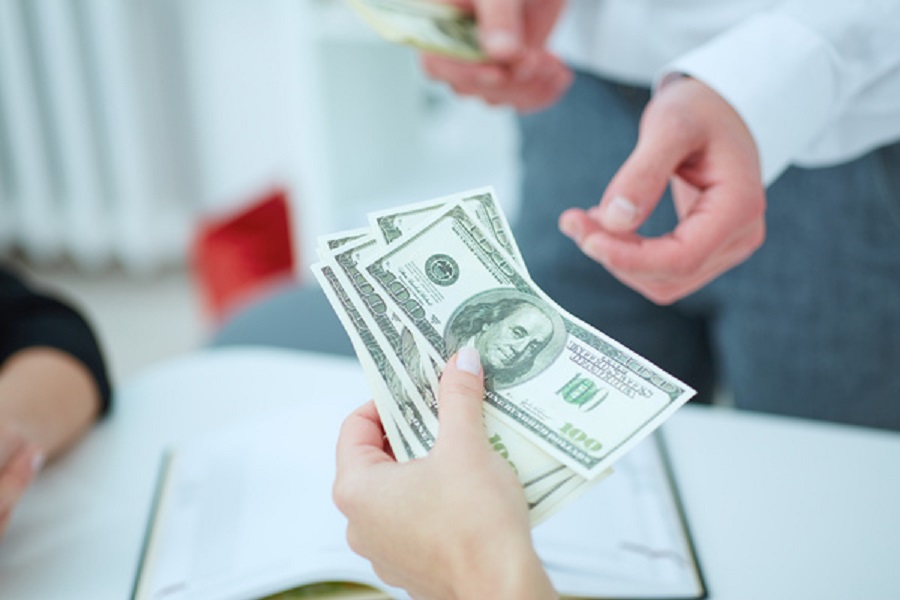Will the US dollar make more gains?
We may continue to look for the US dollar to make more gains. The key question is whether the US dollar can make a decisive break through the 1.05 region against the euro as this could unlock the door to more significant US dollar strength.

In many wways,it is surprising that euro/dollar has been so stable in recent years. The last two years has seen the euro trade in a tiny range of between 1.0460 and 1.1275, and the vast bulk of this has been in the even narrower range of 1.05-1.10. Only the period between the start of 2015 and the middle of 2017 comes close with the euro trading between 1.04 and 1.15. This stability in euro/dollar has seemingly stopped the dollar moving very far against other currencies with only the yen of the G10 currencies able to buck this trend on account of the BoJ’s diametrically opposed monetary policy.
In short, it looks as if euro/dollar will have to break this narrow trading range decisively to both lift volatility in the euro, and to generate more significant dollar movement against other currencies. The stability in the euro also seems odd when you consider that this has been a period of continued US ‘exceptionalism’ with the economy outperforming the euro zone – and other countries – by some margin. This exceptionalism is often put down as a reason to anticipate a much stronger dollar, so why hasn’t it happened?
One view is that euro/dollar has become so entrapped in this narrow range that the only way for traders and investors to make money has been to sell options and collect premium; a stance that can mean that those sellers act to defend the existing range.
Another idea is that this exceptionalism produces US asset price outperformance, as we have seen in stocks, for instance. But while we might anticipate that such strength lifts the dollar, the fact that a significant proportion of overseas positions in US assets are funded in the FX swap market, and not with outright dollar purchases, means that they don’t move the spot rate.
In fact, if US assets outperform and foreign holders of US assets decide to take profit through the spot market, then the dollar can fall. This is probably part of the reason why ‘risk on’ sentiment in the market is often associated with dollar weakness, not dollar strength.
A third argument is that US economic outperformance is due to the US’s capacity to suck in huge amounts of foreign capital. But this leaves the current account in a huge deficit and so acts as a brake on dollar strength. We don’t know whether any, or all of these factors are at play right now. The question today is whether the shake-up generated by the recent US election result provides a sufficiently bullish-dollar bias that this 1.05 level for euro/dollar can finally be overcome.
“The market delivered the first test last week and we believe that the dollar bulls will break through soon and so push euro/dollar down towards parity. At the same time, this should create more dollar strength elsewhere and perhaps particularly in those currencies that seem most exposed to incoming president Trump’s policies. Here we are specifically thinking about the renminbi. So, in short, this rather dire period of dollar inactivity should come to an end soon. Volatility is likely to pick up more noticeably and 2025 is unlikely to see such minuscule trading ranges for euro/dollar persist”, said Steve Barrow, Head of Standard Bank G10 Strategy.
However, there is one problem with this view, which is that certain central banks will likely resist US dollar strength. The PBoC in China already seems to have taken action, through its daily fixes, to lean into the wind. But this is all it can do; lean into the wind. Steve Barrow still looks for the dollar to rise, probably to the 7.50 region in the coming months, but the pace at which the dollar is likely to get there may be slower with the PBoC active in the market.
Another resister is the Bank of Japan. Its warnings of imminent action have been stepped up, and we suspect that it will be forced to deliver on these threats as a rally in the dollar to 160-plus seems to be on the cards. “The BoJ can also try to resist with another interest rate hike at the December 19th meeting, but, as we have seen already, such action only seems to buy time, little else. For instance, the surprise rate hike in late July, which caused a huge slide in Japanese stocks and sent dollar/yen down from around 153 to 140, is now a distant memory as dollar/yen has recaptured all of these losses. As such a rise to 160 seems to be looming – unless the BoJ protests”, said Steve Barrow.








